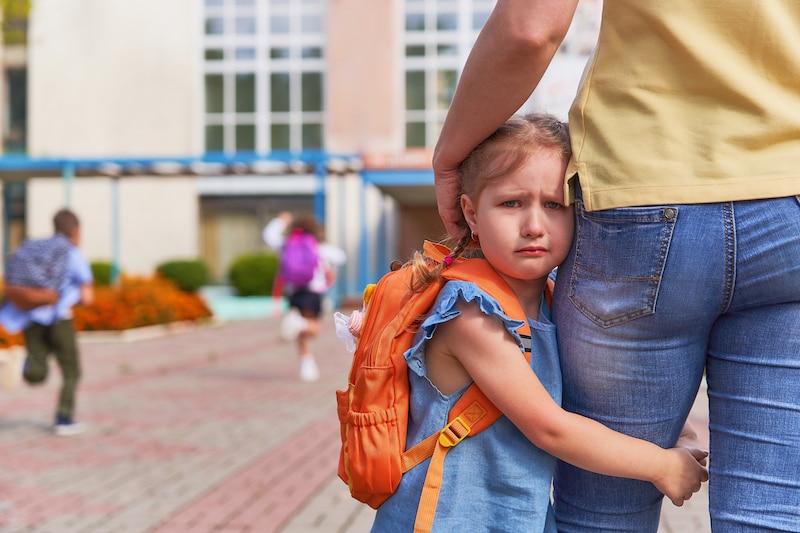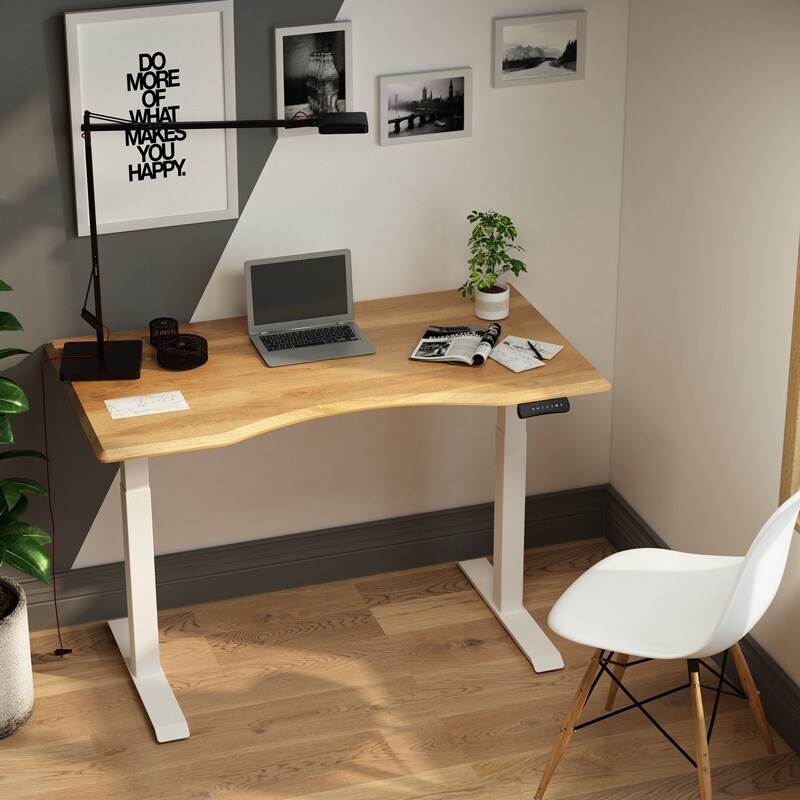Children will soon go back to school and some parents are under stress thinking about how they will prepare their children’s return to school. With the “new normal” lifestyle, parents are obliged to do more than the previous school term because of the pandemic. There are certain health protocols that must be followed by parents and children as well. This adds to other preparations that parents have to make before school starts.
One of the stressors for parents is how they will be able to influence their children to go back to school in the midst of the pandemic. Due to lockdowns and quarantine, a social distancing that everybody should observe, the prolonged stay of children at home made a difference in their behavior and attitude towards school. After several months of living with their parents and not going to school, some parents develop what is called “separation anxiety” wherein they feel distressed leaving their children for a while with their teachers.
"In light of the COVID-19 crisis, when children return to school and separate from their parents after a months-long period of 24-hr-a-day interaction that occurred during a period of social distancing, we predict that high rates of protest and distress may emerge, as well as high rates of refusal to leave the parents.”(https://link.springer.com/article/10.1007/s40617-020-00467-2).
This is likely to produce heightened child separation-protest responses that can disrupt classroom settings, the new physical distancing rules, and provoke anguish and anxiety in parents. At the beginning of school, children’s protests and cries can delay their parents’ departures and cause them to return to school after dropping their children off.”
“A child’s separation protests are routinely cued by a parent’s preparations to leave the child in school or other settings. The behavioral cues that signal parental departure and separation can involve a mother picking up her car keys and purse, placing her baby in the crib or playpen while saying goodbye, or the arrival of a babysitter or caregiver. These cues serve as discriminative stimuli for child protests, as well as stimuli that evoke emotional distress in both child and parent.”
"A parent may fear that the young child may not be safe in the school in this era of COVID-19. In older children, the cues would differ, and the parents may reason and provide explanations and a series of new instructions to the child. These new physical distancing rules may disrupt the existing family routine."
“Departure-cued protests can include fusses, whines, whimpers, cries, and screams. In children with more advanced verbal and motor skills, protests may also involve grabbing the parent’s body or clothes, clinging, pleading, or throwing a loud temper tantrum and refusal to leave the parent. “
"These behaviors often cut short separation from the parent. They also may further increase the emotional upset in the home setting. The parent’s anguished responses to the child’s protests can include delaying a departure, returning to hug the child, engaging in extensive reasoning with the child, vacillating during the departure, or hesitating to separate."
"Thus, parents’ behavior problems and anxiety responses can result from children’s responses during the transactions. The serious situation of COVID-19 virus transmission exacerbates all these scenarios, mainly because all the establishing operations or setting conditions it produces increase fear and anxiety of separation and the child getting infected."

With such scenarios having both parents and children suffering from separation anxiety and separation protests, parents can learn from some recommendations that the authors of this article "Returning to School: Separation Problems and Anxiety in the Age of Pandemics," M. Pelaez & G. Novak have shared for parents like you and me. Some recommendations for parents are the following:
1. Make a plan on how to deal with separation and new classroom routines and policies with teachers' plans included in your own. This will enable parents to share with their children these new rules that they must also have to follow with the new normal.
2. “ Be calm and relaxed. Anticipate child protests and plan how to react calmly. Model calm behavior during difficult situations, and “catch” your child being calm and richly reinforce it (see resources).”
3. "Create a less stressful environment.”
“Before your departure, ensure that your child is safe, relaxed, and positively engaged in an activity. Use this to establish the conditions for a less stressful and safe departure. Have the teacher greet your child in a warm and welcoming manner. Check with the teacher about quickly providing a positive routine, such as helping prepare a snack or playing with a good friend."
4. Announce your departure. As soon as possible, follows physical distancing rules after arriving at the classroom, you should make sure the child follows physical distancing rules is welcomed into an activity (e.g., playing) and announce your departure to your child in a straightforward manner (e.g., by saying, “I’ll be back for you later. I love you.”).”
5. Make the explanation clear and short.
“For younger children, you could simply say, “Mommy has to go now, but I’ll be back soon. Have fun,” give a kiss, and leave. For older children, you might also explain the departure ahead of time and indicate when you plan to return. Reassure children that they are okay. However, once at school, such an explanation should be very short. Do not negotiate. Do not respond to protests with additional explanation or negotiation. Negotiating runs the risk of reinforcing the child’s protests. Instead, focus on the positive. Follow your plan, and leave without hesitating.”
The aforementioned recommendations were actually quoted verbatim as they are all necessary and relevant to make us and our children smoothly separate when school entry comes. It is also highly recommended that you put your ideas and plans about these important steps because they will involve your children.

Having your thoughts and bright ideas organized will be more clear and effective if you write them on a Seiffen Laminated Standing Desk (Eco & Pro) from Flexispot. This wonderful desk boasts of fantastic features that best suit your writing as well as your professional needs.
This desk, in a rectangular shape, is height adjustable and is a bestseller. You can choose your kind of frame depending on the motor, weight capacity, lift speed, height range, and applied desktop size. In other words, this bestseller is a top choice for your home office. Learn more about it now!